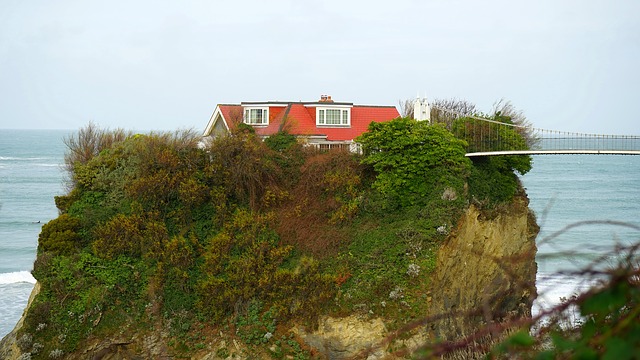Insights

One Year On: Are We Any Closer to Meeting Our Housing Targets?
Twelve months ago, a new government came to power with a bold promise: to get Britain building again. At the heart of this commitment was the ambitious target of delivering 1.5 million new homes in England over the course of the parliament. With the first year now complete, it’s time to take a high-level look back at the progress made—or rather, the lack of it—and the significant challenges that remain.
The government’s strategy hinged on a revitalised planning system and a greater focus on building on brownfield and “grey belt” land. They promptly reintroduced mandatory local housing targets, aiming for a national total of over 370,000 new homes per year—a rate not seen in decades. This was a clear signal of intent, but as the data from the past year shows, ambition does not automatically translate into bricks and mortar.
The First-Year Reality Check
While the government has consistently stated that housebuilding will “ramp up” over the parliamentary term, the initial figures tell a sobering story. Provisional data for the first year suggests that we are nowhere near the pace needed to meet the overall target. One estimate, based on new Energy Performance Certificate lodgements, put the net addition of new homes at around 186,600 in the first 11 months since the election. This is far below the roughly 300,000 homes needed annually to hit the 1.5 million goal within five years. The shortfall is not just a statistical blip; it is a sign of deep-seated issues that the new policies have yet to solve.
Skepticism remains high among industry experts for a number of reasons:
-
The Land Shortage: While the focus on brownfield and “grey belt” land is a welcome shift, it does not solve the fundamental problem of a shortage of viable, available land. Many of these sites require significant investment in clean-up and infrastructure before they can be built on. The promise to build new towns is a long-term strategy, but it will not deliver the immediate volume of homes needed.
-
A Broken Planning System: The planning system remains a major bottleneck. Despite promises of reform, a shortage of skilled planning officers is a persistent issue. This leads to backlogs, delays, and a system that is still far from efficient. An ongoing report by the Home Builders Federation shows that planning permissions for new homes have continued to fall, reaching a decade-low in 2024. This is a critical forward-looking indicator, suggesting that even if market conditions improve, a lack of sites with permission will stunt future output.
-
Economic Headwinds: The housing market is still navigating high interest rates and broader economic uncertainty. This has squeezed developers’ margins and impacted consumer demand, leading some housebuilders to slow the pace of new construction.
Looking Ahead
Despite the slow start, there are glimmers of hope. Homes England has reported exceeding its own annual targets for 2024/25, with increases in both new homes started and completed, a positive sign particularly for the delivery of affordable housing. However, the government’s success will ultimately be judged not just on its policies, but on its ability to turn ambition into action, overcoming long-standing political, economic, and systemic hurdles to deliver the homes the country so desperately needs. The next twelve months will be critical, but for now, the apathetic shrug from a weary industry is perhaps the most telling indicator of progress.
More Insights

Investment in UK student accommodation remains resilient despite fall in university acceptance
£1.4bn of student accommodation stock was transacted between January and July 2018 volumes are forecast to reach £4bn Overall acceptances for places at university for 2018/9 fell by just 1% despite demographic dip The UK student accommodation market...

Three policy priorities for Sheffield City Region from Centre for Cities
Sheffield City Region will elect its first metro mayor in May. He or she will need a vision for the city-region and clear strategic, deliverable policies to meet it. The challenge and workload will be considerable, with powers and expectations...

Notable Real Estate Trends To Watch For In 2018
Storey from Forbes.com As the real estate market continues to evolve, new trends are emerging for 2018. Buyers will be more in control as the housing supply will finally catch up with buyer demand, according to a report by Realtor.com. Additionally, more millennials...
Utrecht’s bicycle multi storey
In Utrecht they know how do cycle infrastructure, just make it as normal and integrated as motor vehicles. At first sight the bike parking complex has many similarities to a multi storey car park, but the adaptations for cyclists run deep, from ramp gradients to...

Privacy through history and into the future
Some recent research on developing trends for office design and how they affect the people who work in them led to an Greg Ferenstein's insightful short thesis The History of Privacy covering the last few thousand years of privacy. What becomes apparent is that...
